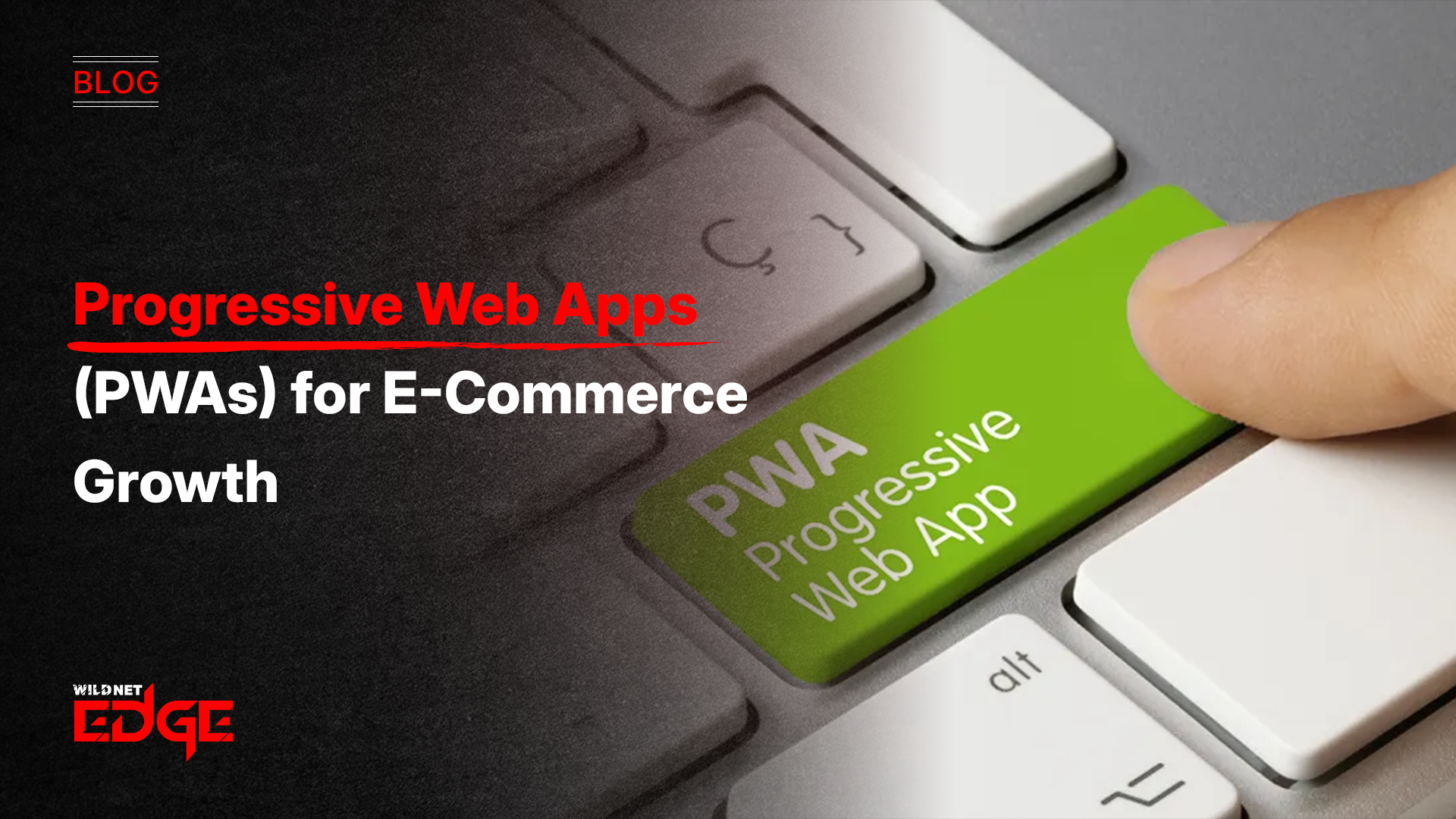Struggling to catch every bug before your software hits the market? You’re not alone. End-to-end QA testing can seem overwhelming, with countless stages and tools to juggle. But what if you could simplify the entire software testing lifecycle—from gathering requirements to release—while making QA automation work for you? In this post, we’ll break down exactly how end-to-end QA testing ensures flawless software delivery and saves you time and money.
Understanding the Software Testing Lifecycle
End-to-end QA hinges on mastering the full software testing lifecycle (STLC), which ensures that every component of your software product aligns perfectly before release. The lifecycle is a structured approach that includes multiple phases, each vital to delivering quality software.
Requirements Analysis and Test Planning
This stage is fundamental. The QA team works closely with stakeholders to analyze business and functional requirements. Clear requirements reduce ambiguity and help define precise test objectives. The test planning phase follows, creating strategies to meet quality goals, allocating resources, and setting timelines. Well-documented test plans pave the way for coherent testing efforts throughout the cycle.
Test Design and Preparation
Next comes test design, where test cases, scripts, and scenarios are formulated based on detailed requirements. This involves identifying key user journeys, edge cases, and system interactions to ensure comprehensive coverage. Test data is prepared, and environments configured to simulate real-world conditions. Proper preparation is crucial to avoid last-minute issues and inefficient test execution.
Test Execution and Defect Tracking
During execution, QA teams run test cases—both manual and automated—to validate software behavior against expected outcomes. Defect tracking becomes critical here. Every bug, no matter how small, must be logged, triaged, and prioritized for fixes. Effective communication with developers ensures rapid resolution, preventing bottlenecks that impact release dates.
Reporting and Feedback Loops
Continuous feedback is vital for end-to-end QA success. Detailed reports highlight test results, defect trends, and quality metrics. These insights inform decision-making and trigger iterations, ideally leading to early detection and remediation of problems. Transparent reporting ensures stakeholders remain informed and aligned.
Release and Maintenance Testing
Before deployment, release testing confirms that the final build meets all quality standards. Post-release, maintenance testing addresses patches, updates, and new features without compromising stability. This ongoing vigilance guarantees long-term software reliability and user satisfaction.
By meticulously following the software testing lifecycle, end-to-end QA transcends isolated testing activities to deliver holistic product validation.
Incorporating QA Automation into End-to-End Testing
Integrating QA automation into the software testing lifecycle transforms traditional QA into a faster, more accurate process—critical for today’s accelerated delivery demands.
Benefits of QA Automation in End-to-End QA
Automation accelerates repetitive and time-consuming tests, such as regression and smoke testing, freeing teams to focus on complex scenarios requiring human judgment. It increases test accuracy by reducing human error and enables running large suites of tests simultaneously. Automated tests run faster and can be triggered frequently, providing continuous quality assurance throughout development.
Key Automation Tools and Frameworks
In 2025, modern automation leverages powerful tools like Selenium WebDriver for browser-based testing, Cypress for frontend UI testing, and Appium for mobile testing. Frameworks like TestNG, JUnit, and Robot Framework offer robust test structuring and reporting capabilities. For continuous integration (CI), tools like Jenkins and GitLab CI/CD integrate automated tests within pipelines, ensuring swift feedback on every code change.
Balancing Manual and Automated Testing
While automation speeds many tests, manual testing remains indispensable for exploratory, usability, and complex scenario testing. Striking a balance means identifying repeating tests ideal for automation and reserving manual efforts for nuanced, subjective validations. This hybrid approach maximizes test coverage and resource efficiency.
Continuous Integration and Continuous Delivery (CI/CD) Impact on QA
CI/CD pipelines revolutionize testing by embedding automated test suites into each code commit and build. This ensures early defect detection and rapid validation, dramatically shortening release cycles. End-to-end QA supported by CI/CD pipelines means quality is no longer an afterthought but an integral, ongoing process with immediate feedback loops.
Incorporating QA automation strategically enables teams to keep pace with fast development cycles without sacrificing thoroughness—critical for reliable end-to-end QA.
Key Components of Effective End-to-End QA
Mastering end-to-end QA requires blending technical rigor with collaborative workflows. Here are essential components for robust QA testing.
Comprehensive Test Coverage Across All User Journeys
End-to-end QA must replicate real-world user behaviors across all application workflows. This includes core functions, exception handling, integrations with third-party services, and cross-platform use cases. Mapping user journeys to test cases ensures no critical path is overlooked, reducing post-release defects.
Data and Environment Setup for Realistic Testing
Accurate testing depends on representative datasets and stable environments mimicking production systems. Whether through synthetic data generation or masking sensitive info from production copies, data relevance is paramount. Environments should simulate network conditions, user concurrency, and hardware variations to uncover performance or compatibility issues early.
Collaboration Between Development, QA, and Operations Teams
True end-to-end QA is a team sport. Developers, QA engineers, and operations professionals must collaborate seamlessly. Shared tools and communication channels support rapid defect resolution, environment provisioning, and release planning. This DevOps-style collaboration fosters accountability and accelerates iteration cycles.
Performance, Security, and Usability Testing Considerations
Beyond functionality, comprehensive QA must include non-functional testing like performance (load and stress), security (vulnerabilities and compliance), and usability (user experience). Each aspect influences software reliability and customer satisfaction and should be integrated into the end-to-end testing strategy.
Focusing on these components builds a resilient QA process that catches issues early and safeguards product quality across releases.
Emerging Trends & Best Practices in End-to-End QA
Staying ahead requires embracing innovation and evolving QA strategies to meet emerging demands.
AI-driven Test Automation and Analytics
Artificial Intelligence now aids test case generation, prioritization, and failure prediction. Tools like Testim and Mabl use machine learning to adapt tests dynamically, detect anomalies, and analyze defect patterns. AI accelerates execution and offers actionable insights from complex test data, improving accuracy and reducing manual effort.
Shift-left Testing and Early Defect Detection
Shift-left emphasizes integrating testing activities early in the development process—starting at requirements and design phases. Incorporating automated unit and integration tests within CI encourages early defect detection, thereby reducing costly late-stage fixes and improving overall software quality.
Cloud-based Testing Environments
Cloud platforms like AWS Device Farm and Azure Test Plans provide scalable and on-demand testing infrastructure. They enable parallel test execution across diverse devices and configurations without the overhead of physical labs. Cloud testing supports agile and remote teams with flexible, cost-effective environments.
Agile and DevOps Alignment for QA Efficiency
QA teams aligned with Agile and DevOps methodologies adapt rapidly to changing requirements and continuous deployments. Practices such as behavior-driven development (BDD), test-driven development (TDD), and integrated toolchains ensure QA is no longer siloed but embedded throughout the development pipeline, facilitating faster feedback and higher product quality.
Adopting these trends ensures your end-to-end QA framework is future-proof, efficient, and aligned with modern software delivery models.
Conclusion
End-to-end QA testing is your blueprint for delivering high-quality software without costly delays or surprises. By mastering the software testing lifecycle and leveraging smart QA automation, you ensure every release meets user expectations flawlessly. When looking for a trusted partner to optimize your QA processes, WildnetEdge stands out with expert solutions tailored for seamless end-to-end QA. Don’t leave your software’s success to chance—partner with WildnetEdge today.
FAQs
Q1: What is end-to-end QA in the software testing lifecycle?
End-to-end QA involves testing the entire software process—from requirements gathering through to release—to ensure every component works together flawlessly throughout the software testing lifecycle.
Q2: How can QA automation improve end-to-end QA testing?
QA automation speeds up repetitive tests, increases accuracy, and provides continuous feedback, making end-to-end QA testing more efficient and reliable.
Q3: What are the main stages of the software testing lifecycle in end-to-end QA?
The main stages include requirements analysis, test planning, test execution, defect tracking, reporting, and release testing, all ensuring holistic validation of the software.
Q4: How does incorporating CI/CD pipelines enhance end-to-end QA?
CI/CD pipelines allow automated tests to run continuously during development, enabling early detection of issues and faster, more reliable releases.
Q5: Why choose WildnetEdge for end-to-end QA solutions?
WildnetEdge offers expert-driven QA services combining automation, comprehensive testing strategies, and seamless integration to optimize your software delivery success.

Nitin Agarwal is a veteran in custom software development. He is fascinated by how software can turn ideas into real-world solutions. With extensive experience designing scalable and efficient systems, he focuses on creating software that delivers tangible results. Nitin enjoys exploring emerging technologies, taking on challenging projects, and mentoring teams to bring ideas to life. He believes that good software is not just about code; it’s about understanding problems and creating value for users. For him, great software combines thoughtful design, clever engineering, and a clear understanding of the problems it’s meant to solve.
 sales@wildnetedge.com
sales@wildnetedge.com +1 (212) 901 8616
+1 (212) 901 8616 +1 (437) 225-7733
+1 (437) 225-7733































